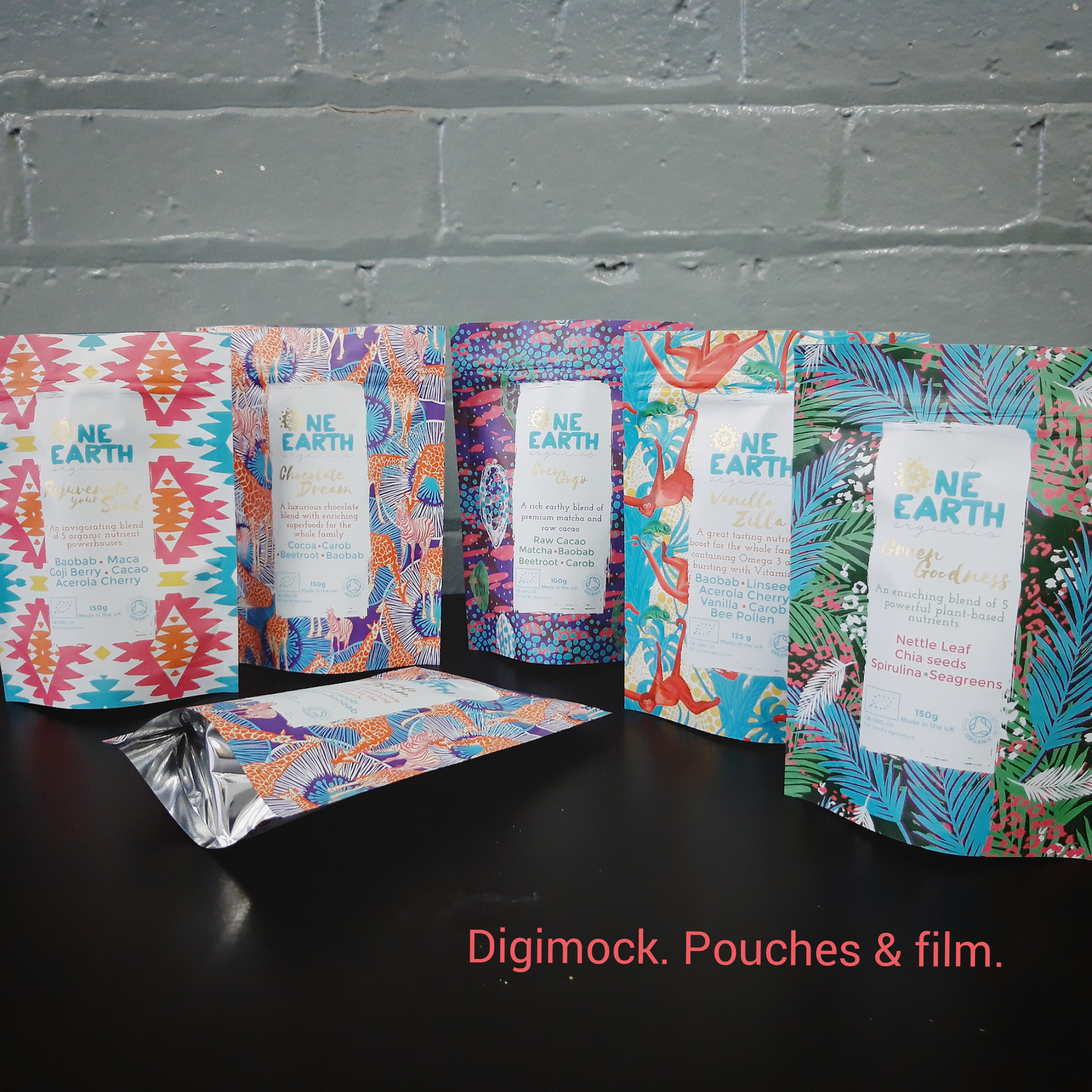4 things to determine the right flexible packaging for food products
Continuing to explore challenges faced by emerging brands, start-ups and food innovators, in our previous blog “7 Flexible Packaging Challenges for emerging brands and start-ups” we started with a saying “packaging must protect what it sells and sell what it protects”.
To do this successfully, there are 4 essential functions packaging must fulfil to determine the materials needed to make sure your packaging is fit for purpose.
These functions are Protection (of the product), Containment (how we transport the goods and form the packaging itself), Convenience (the right package for the product -focussed around the demands of the consumer and packing process) and Communication (the pack format and its messaging).
No matter what you manufacture – from snack foods to proteins to roasting coffee, choosing the right material can be complicated. Whilst this might seem like a daunting task, with the right supplier you will be asked a lot of questions – and all for a good reason. Getting this stage of the product development right is key to your future success.
Why are these 4 key elements essential to your packaging?
1. Protection
Firstly, we must ensure the goods inside the package are safe from spoilage. Microorganisms, contaminants and external factors such as light or moisture all need to be considered. Factors such as expected shelf life, temperature chain and elements of your production process such as sterilization need to be understood to ensure materials are suited.
Secondly with such a wide range of materials in use, these need to specifically selected around what you pack, how you pack and how the product is finally presented (pack format).
2. Containment
Containing your product might seem obvious, but this is influenced by a wide variety of factors. The most important is the pack format – do you need a pouch, film or lidding for example? Then, is the product filled by machine or is it a manual operation? We like to ask questions around this specific area to ensure materials are fit for the demands placed upon it. We also consider the weight of the product for transport, seal strength, puncture resistance and barrier qualities required.
We like to ask questions around this specific area to know the materials are fit for purpose.
Ultimately it’s a balance usually determined by packing trials. Over specification adds cost, but under specification of material can cost through failure. Knowing all these elements makes sure the format and supporting materials work.
3. Convenience
There are so many factors at work from a consumer use and marketing point of view. Your pack format could be influenced by snacks on the go, ready meals or single serve portions, driven by your customer profile and target market. Features can be easily added but be sure they add value and are relevant to your customer.
Does the product need to be easy to open?
Does it need to reseal?
Do you need a spout to dispense the product?
Many of these questions will be answered by your market research and will allow you to find a supplier who can deliver the correct functionality to the pack. Don’t be dazzled by the incredible amount of innovation available – simply put, get what you need! There’s little point in adding a Zip Closure to a pouch if the product is a single serve portion!
4. Communication
Last - but not least!
With the right pack branding, design and messaging you will reach and engage your consumer in the competitive landscape of retail sales. Nutritional info, barcodes and brand messaging all play their part as designs come to fruition.
Our role is to ensure you choose the right print process. Digital, Flexographic and Gravure Printing have different capabilities, so it about finding the right fit based on the design, volume, pack format and client’s circumstances and goals. As we have noted before, always ask your supplier for their opinion early in the design stage – seeing designs daily across different markets might reveal some inspiration from success in other product markets.
If you would like further information on this article, please contact us. We will over the coming weeks & months continue to provide information we feel may benefit clients, particularly those who may be new to packaging. Please follow our blog for more articles

